Top 7 Trending Technologies in 3D Architectural Design
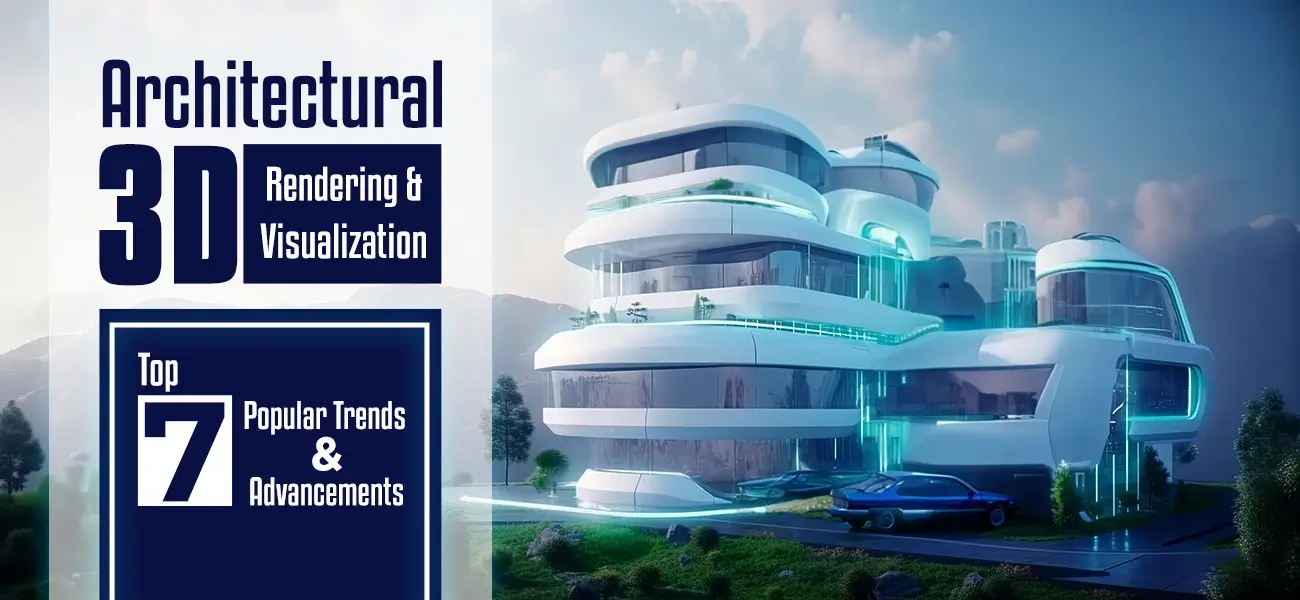
Today, many architects and designers take advantage of digital transformation. Yet, we stand on the cusp of what is conceivable with 3D architectural innovation, and what does the future hold for the industry?
Popular trends in 3D architectural rendering
The field of 3D architectural rendering is continuously evolving, with the emergence of new trends. Here are some of the popular trends that are shaping 3D architectural rendering:
Trending Technologies in architectural 3D visualization
-
Virtual reality (VR)
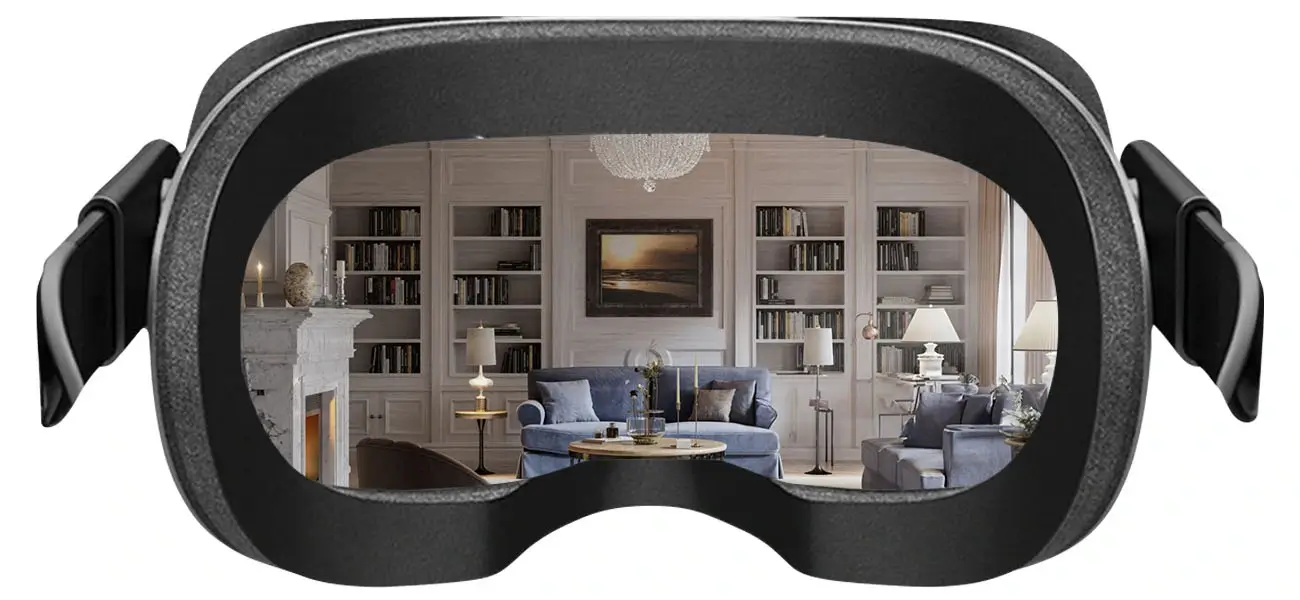 VR for architectural visualization
VR for architectural visualizationVirtual Reality has become more prevalent in the architectural design process. With VR technology, you can provide an immersive experience, making users feel as if they are physically present in the virtual environment. Thus, it helps the clients and stakeholders walk through the unbuilt structures, providing a better understanding of the project.
-
Augmented Reality (AR)
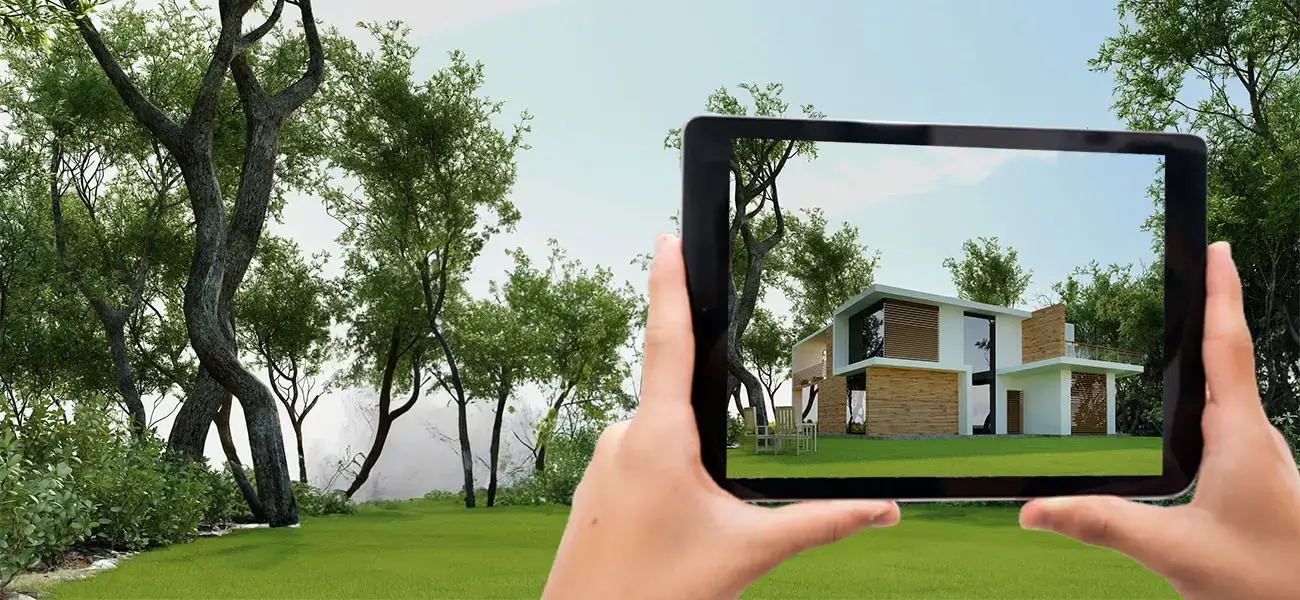 AR for architectural visualization
AR for architectural visualizationAR is gaining popularity in the AEC industry due to its ability to provide a semi-immersive visualization experience. It allows the clients to see and interact with the design elements. Integrating the virtual 3D designs in real-time through AR-enabled devices offers an interactive visualization of how a structure fits into the context of the real-time environment.
-
Artificial Intelligence (AI)
 AI for architectural visualization
AI for architectural visualizationAI-based technology has the potential to generate high-quality architectural designs using the various 3D rendering applications. AI can also be used to analyze the design information in 3D models. It helps the architects and the designers adjust the design elements and other setups in architectural models. Thus, AI in architectural design can help you create more visually stunning designs for property showcases.
Trending Technologies in architectural 3D rendering
-
Real-time rendering
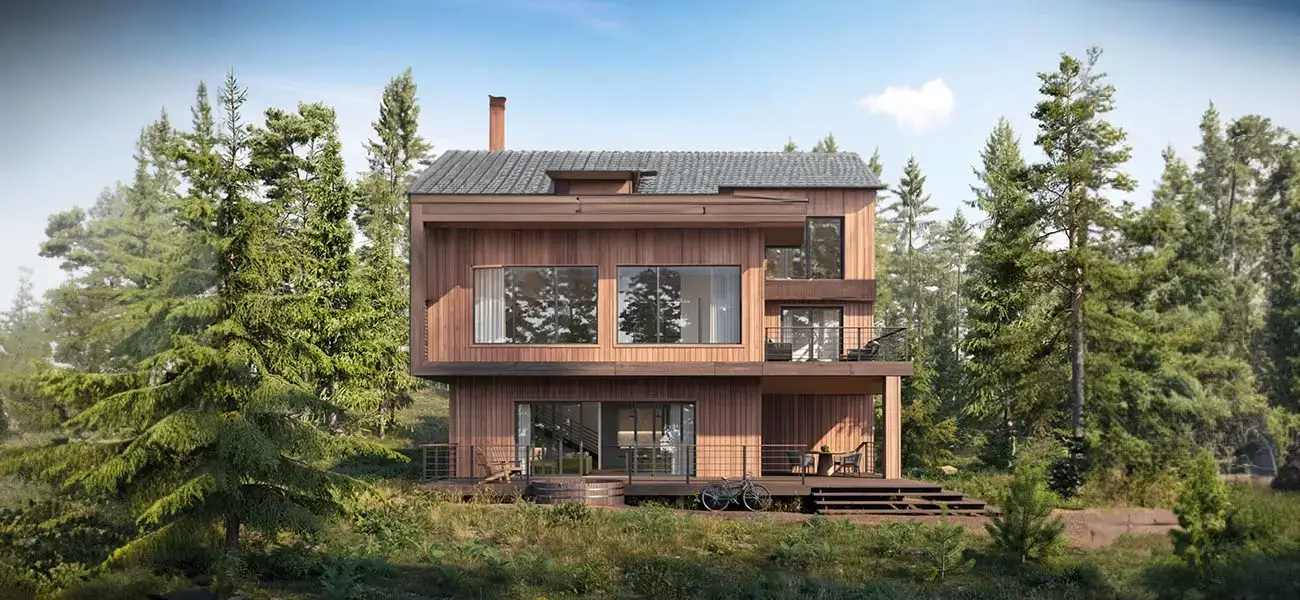 Real-time architectural Rendering
Real-time architectural RenderingReal-time rendering technology allows users to make changes for faster design iterations. Earlier, it took long hours to produce a single image. With the advancements in real-time rendering, architects, designers, or other individuals can view the design flaws early in the development process. As well as, they can rectify the flaws immediately without significant production costs. One of the popular methods is Graphics Processing Units (GPUs), which play a major role in delivering architectural visual designs.
-
Cloud rendering
Cloud rendering is one of the methods of architectural rendering that uses computational software to produce 3D architectural models. This can be done without relying on expensive hardware or software.
Using the cloud service, it allows the designers to parallelize the rendering process, thus reducing the rendering time and cost.
On top of that, industries are using cloud rendering for greater flexibility and increased collaboration in sharing resources by protecting architecture data in the cloud environment.
-
BIM integration
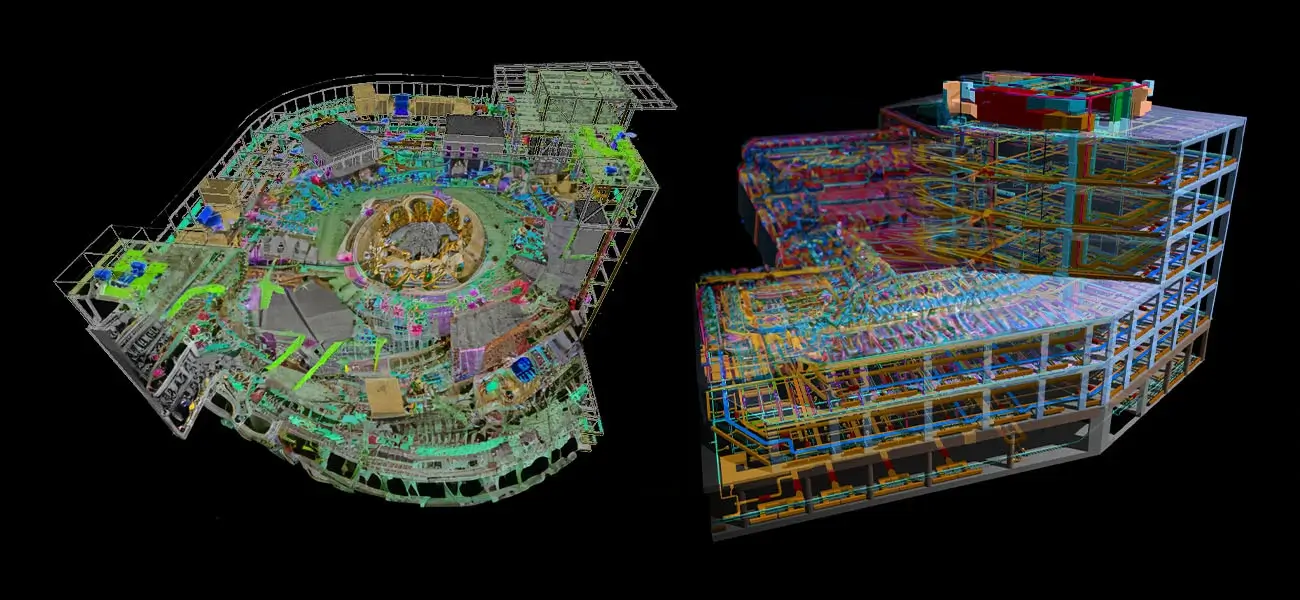 BIM for architectural rendering
BIM for architectural renderingBuilding Information Modeling (BIM) provides real-time data of an asset, which includes a 3D representation of the building. It helps architects and designers explore and evaluate the planning, designing, building, and operating of BIM models.
The major advantages of this trend are:
- It helps to improve collaboration,
- Increases efficiency, and
- Reduces design errors
Additionally, the use of drones, sensors, IoT devices, and 3D printing helps to streamline the BIM models. It reduces the effort required for data collection and analysis and provides an accurate visualization of the project.
-
Integration of Block chain technology
One of the emerging trends in the AEC industry is the use of blockchains. It is mainly integrated to maintain data stability in a decentralized network, owing to its secure and transparent nature. This stores the design specifications, construction schedules, and budgets. Thus providing a secure way for all the clients to access.
The potential benefit of this technology is that it helps architects to:
- Reduce transaction costs,
- Track task updates,
- Reduce the need for expensive software, etc.
- to streamline the project workflow.
What’s next!
In this article, we have figured out 3D architectural rendering and explored the popular trends in the technology that are shaping the AEC industry. We hope you have a better understanding of how they can help save time, reduce design errors, and improve communication between stakeholders. This trending technology not only offers better design and rendering, but also creates interactive and immersive visualizations.
If you are a beginner in 3D architectural rendering, it takes practice and dedication to learn the rendering process. Once you gain the expertise, you can embrace architectural design beyond the new era by creating more captivating and immersive experiences. Happy rendering!
Contact Us
Frequently Asked Questions (FAQ)
Generative design is the process of using computer algorithms to analyze and explore all the parametric design possibilities based on goals and constraints in the architecture industry. Thus, architects, engineers, and contractors use this technology to input design goals that consider many factors like spatial requirements, materials, manufacturing methods, and cost constraints.
Haptic experience in architecture is understanding the information through touch, grasp, or wearing anything related to architecture. It provides tactile feedback to the users connected to interactive technology. It utilises a combination of sound, visuals, and animation. For example, you can touch the handrail of the stairs, buttons on the elevator, and many other things that offer multisensory experiences in the world of architecture.
Yes, the generative design is a 3D CAD based process. It is used to analyze and explore the design models automatically. Offering various benefits to the engineers, like material information, strength requirements, manufacturing methods, design goals, etc., to create more optimized designs.
Any sensitive architectural data can be secured in cloud rendering by taking measures such as authentication and identity, access control, secure deletion, encryption, integrity checking, and data masking.

